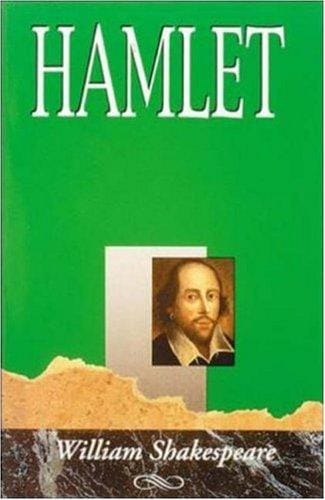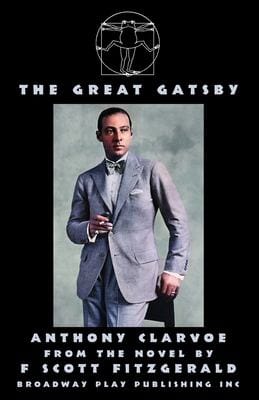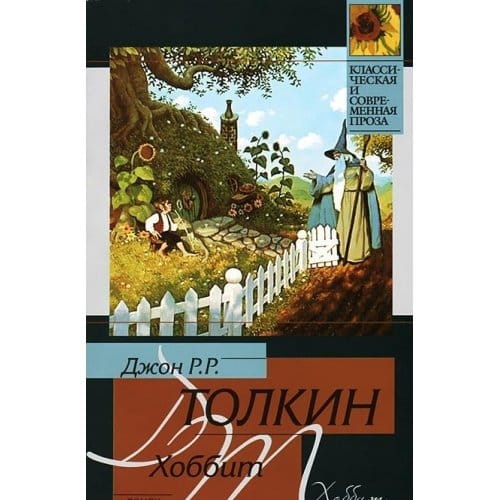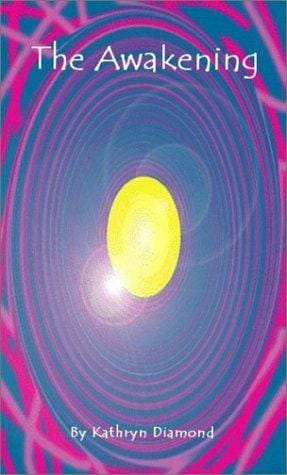Don Quixote: The Timeless Relevance of Cervantes’ Masterpiece
Discover the story, themes, characters, and cultural impact of Miguel de Cervantes’ Don Quixote, and learn why the novel remains essential reading today.
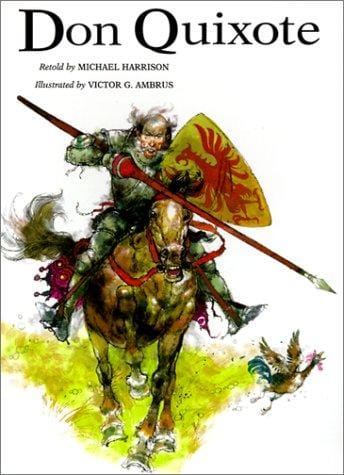
Introduction to Don Quixote
First published in two separate volumes in 1605 and 1615, Miguel de Cervantes’ “Don Quixote” is often heralded as the first modern novel. The tale of a middle-aged Spanish hidalgo who loses himself in chivalric fantasies has entertained, challenged, and inspired readers for more than four centuries. Beyond its comic surface, the book offers profound commentary on identity, storytelling, and the tension between idealism and reality. This article explores the narrative, themes, characters, and lasting cultural footprint of “Don Quixote,” providing newcomers and seasoned readers alike with fresh insight into why the novel still matters today.
Plot Overview
The story follows Alonso Quixano, a minor nobleman obsessed with medieval romances. Driven mad by tales of heroic knights, he reinvents himself as Don Quixote de la Mancha, dons an old suit of armor, and rides out to revive chivalry in a world that has long outgrown it. Accompanied by his pragmatic squire Sancho Panza, he embarks on a series of misadventures—tilting at windmills he imagines to be giants, attacking flocks of sheep he mistakes for enemy armies, and freeing prisoners who then rob him. While Quixote’s quests routinely end in bruises and ridicule, they also reveal the cruelty, hypocrisy, and absurdity of the society he traverses.
Part I: The Knight of La Mancha
In the first part, Cervantes establishes Don Quixote’s delusions through episodic encounters that juxtapose his lofty ideals with harsh realities. From the infamous windmill charge to the disastrous inn brawl he views as a castle siege, Quixote’s heroic self-image constantly clashes with mundane truth. Yet his unwavering conviction wins grudging admiration from Sancho and even bystanders. Cervantes weaves satire with empathy, allowing readers to laugh at Quixote’s folly while secretly yearning for his impossible dream to prevail.
Part II: Reality vs. Illusion
The second part deepens the psychological complexity. Now aware that stories of Don Quixote’s exploits have circulated in print, characters manipulate him for entertainment, blurring the boundary between fiction and lived experience. Quixote faces more elaborate deceptions, including a fake joust staged by a duke and duchess. Despite growing physical and emotional tolls, his sense of purpose intensifies, culminating in a final, somber return home where he renounces knighthood and dies as Alonso Quixano—leaving readers to wonder whether society or sanity truly triumphed.
Major Themes
“Don Quixote” tackles multiple themes that resonate across eras, from the conflict between dreams and reality to the power of narrative itself. Cervantes invites audiences to question accepted truths, social customs, and even the act of reading.
Idealism and Reality
At its heart lies a tension between noble aspiration and the world’s indifference. Don Quixote’s chivalric code—defending the weak, honoring virtue—clashes with economic hardship, corruption, and cynicism. His defeats expose the fragility of idealism, yet they also highlight its transformative potential: innkeepers become castellans, prostitutes become ladies, and a simple country road becomes a quest for glory. Cervantes suggests that imagination can elevate ordinary life, even when it misfires.
Satire of Chivalry
While medieval romances glorified knight-errantry, Cervantes dismantles the genre’s clichés through parody. By demonstrating the absurd outcomes of archaic codes in a contemporary setting, he exposes the escapist fiction’s disconnect from reality. Yet the satire is affectionate rather than scathing. The author mourns lost virtues even as he lampoons them, creating a nuanced critique that neither wholly dismisses nor blindly reveres the past.
Metafiction and Storytelling
“Don Quixote” is famously self-referential. Characters discuss earlier chapters, pirated sequels, and the reliability of narrators. Cervantes foregrounds how stories shape perception, anticipating modern metafiction. Readers are compelled to reflect on their complicity in creating meaning, recognizing that every narrative—whether chivalric romance or news report—filters reality through selective emphasis and bias.
Memorable Characters
The novel’s enduring appeal owes much to its vividly drawn cast, whose motivations and contradictions feel strikingly contemporary.
Don Quixote
Tall, gaunt, and fueled by books, Don Quixote embodies the human impulse to seek purpose beyond material existence. His madness is both tragic and liberating, freeing him from societal conventions even as it courts disaster. Readers oscillate between pity and admiration, recognizing in him a mirror of their own aspirations and delusions. Whether viewed as holy fool, social critic, or existential hero, Quixote defies simple labels.
Sancho Panza
Sancho begins as a practical farmer enticed by promises of an island governorship. Over time, he develops his own form of idealism, defending Quixote’s vision while injecting common-sense advice. His earthy proverbs, hungry stomach, and gradual moral awakening provide comic relief and emotional ballast. In many ways, Sancho represents the everyman—torn between dreams and duties, skepticism and faith.
Literary Significance
Cervantes’ fusion of realism, fantasy, and social commentary influenced novelists from Fielding and Flaubert to Dostoevsky and García Márquez. Techniques we now take for granted—multiple perspectives, unreliable narrators, and psychological depth—were groundbreaking in 1605. The book’s exploration of identity also prefigured existentialist thought, while its comedic set pieces shaped the tradition of the picaresque. Translated into more than 60 languages, “Don Quixote” remains a cornerstone of world literature curricula.
Modern Adaptations and Influence
From ballets and operas to Terry Gilliam’s long-gestating film “The Man Who Killed Don Quixote,” the novel’s motifs recur across media. Broadway’s “Man of La Mancha” popularized the anthem “The Impossible Dream,” transforming Quixote into a symbol of perseverance. The term “quixotic” has entered everyday language, describing bold but impractical ventures. Even in business and politics, leaders cite the knight’s stubborn optimism as cautionary tale or inspirational model.
Why Don Quixote Still Matters
In an age of viral misinformation and curated online personas, the questions Cervantes posed feel urgent: How do stories shape reality? When does conviction become delusion? And what price do we pay for abandoning our ideals? By dramatizing these dilemmas with humor and humanity, “Don Quixote” invites each generation to examine its own windmills—real or imagined—and to balance sanity with the courage to dream.
